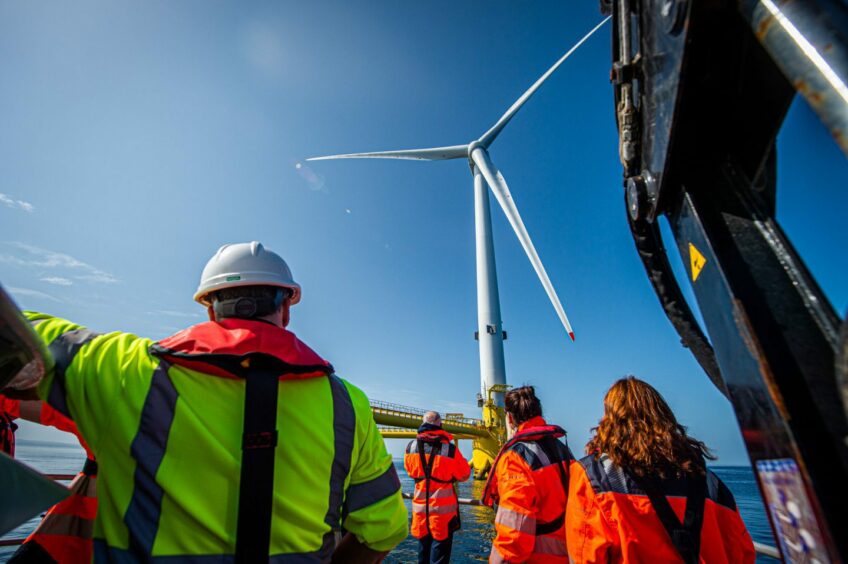
Last month, Offshore Energies UK (OEUK) published a roadmap, together with Robert Gordon’s University (RGU), outlining how the UK can best harness the potential of its offshore energy supply chain to support jobs, economic growth and innovation in the future.
The Supply Chain Transformation Roadmap revealed that the sector, including oil and gas companies and wind developers, is expected to spend up to £200bn on energy production projects in the remainder of the decade – with the majority of this being in wind, hydrogen and carbon capture and storage.
The UK boasts a world class energy supply chain that will need to play a vital role if our transition to net zero by 2050 is going to be a success. The energy supply chain could create an additional £10bn of cumulative value from more UK-built and delivered projects, including 2,800 more turbines across 40 new wind farms. The roadmap published by OEUK identifies specific opportunities to strengthen supply chain capabilities, including focusing on people and skills, business models and local content.
Ultimately, by maximising the potential of the UK’s own supply chain, we will ensure that our energy revolution is built and pioneered in Britain instead of imported from other countries. For a country with a proud maritime and industrial heritage, we must question why so much of the nation’s manufacturing needs are met from outside of the UK. This roadmap lifts the lid on what is required to strengthen supply chain capabilities ahead of the major project decisions expected in the coming decade. We absolutely already have the skills, experience and cutting-edge innovation within our supply chain today to play a leading role in the global energy transition.
Also released is the Supply Chain Spend Visibility Tool, which helps companies visualise future supply chain demand and support business / investment cases.
As well as revealing the enormous opportunity for the UK, our report highlighted a number of key challenges which could hamper the success of our supply chain. For example, the loss of UK capabilities, such as steelworks and the risk of losing out on inward investment due to unpredictable regulatory and fiscal environments could create significant headwinds. This is why we, at OEUK, have been campaigning so strongly against the UK Government’s Energy Profits Levy (EPL), which we know is damaging investor confidence and leading to companies reviewing their projects in the UK.
OEUK is proud to be working closely with its members, many of whom are involved in the UK’s offshore energy supply chain, to deliver these projects. To help highlight where capability and capacity is needed and enable companies to focus investment, we have created a Supply Chain Visibility Tool, which visualises future supply chain demand and investment cases
Using three scenarios, ranging from a best case which sees full delivery of the British Energy Strategy, to a low investment scenario, where there is no new oil and gas development and a slow pace of investment in new energies, the tool maps opportunities for supply chain companies.
The best case sees full delivery of the British Energy Strategy, with 50% of those projects delivered by the UK supply chain. This would see 50GW of offshore wind capacity, 10GW of hydrogen production, 30 million tonnes of carbon captured and stored per year and the prioritisation of domestic oil and gas production over imports during this period. Across all scenarios, the tool shows that oil and gas will continue to represent the biggest supply chain opportunity until at least 2027.
As we build this future, there is no simple choice between oil and gas on the one hand and renewables in the other. The reality is that both are needed to keep the lights on and grow the economy. The supply chain needs a pragmatic and long-term approach if it is to thrive here.
We need politicians of all parties to support the recommendations included in the roadmap for at least half of these projects to be delivered in the UK. This means putting the UK workforce and industrial capabilities at the heart of decision-making on energy, supporting enduring policies that encourage companies to invest over decades, and championing the talent on our doorstep to a global market.
Recommended for you

 © Supplied by OEUK
© Supplied by OEUK